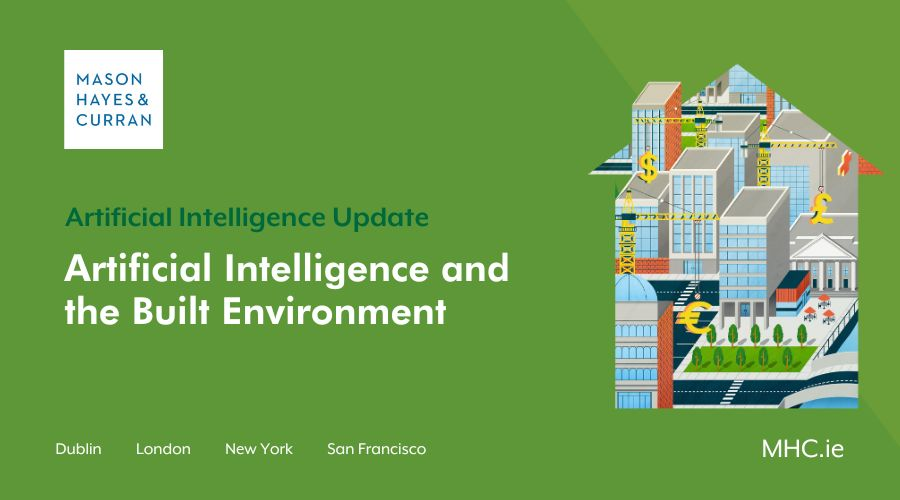
Ambient intelligence is the name given to creating an environment that is sensitive, responsive, and adaptive to the presence of individuals. It involves embedding various types of smart devices, sensors, and technologies into the surrounding built environment to enhance and optimise processes in real time. Examples range from in-door climate control to public transport services. Powerful algorithms and artificial intelligence (AI) are integrated into those devices, sensors, and systems to actively manage those environments in a smart, intuitive, and energy efficient manner.
Developers and investors are now looking at the potential for deploying AI in decisions in real estate to improve efficiency, accuracy, and decision-making. Uses include predictive analytics where AI algorithms analyse large volumes of historical data, including:
- Property prices
- Rental rates
- Economic indicators, and
- Demographic trends
This data is used to identify patterns, forecast future trends, and predict investment opportunities. It helps investors make informed decisions about property acquisition, rental rates, and potential returns on investment. Sentiment analysis can be used to analyse vast amounts of unstructured data from social media, news articles, and online forums to gauge market sentiment and public opinions about real estate markets. This analysis helps investors understand market dynamics, public perception, and potential risks or opportunities.
Currently, these data scraping and analytics practices are subject to data privacy (GDPR), intellectual property, and internet laws which regulate the collection and processing of these data sets. Now the EU has imminent plans to also regulate the intended use of the algorithms and AI systems being used to crunch this data.
The draft EU Artificial Intelligence Act (AI Act) will regulate certain uses of AI systems in PropTech deemed as “high-risk” AI, including uses in lifts and critical infrastructure like road and rail traffic and where that AI is used as a safety component in the management and operation of the supply of water, gas, heating, and electricity. These high-risk AI systems will be subject to a significant conformity assessment regime based on seven separate requirements.
These requirements include:
- Incepting and maintaining a risk management system for the regulated AI system
- Data governance and management practices involving bias monitoring
- Creating and maintaining appropriate technical documentation for assessment by notified bodies, and
- Creating and maintaining appropriate documentation for users.
The nature of the proposed conformity regime bears some comparison to the EU CE marking system. Some of the obligations are even as detailed as one might expect to see in the regulation of medical devices.
Conclusion
Technology providers operating in the PropTech and Built Environment spaces need to recognise and understand the potential for some uses of their technology to fall into the high-risk artificial intelligence category under the AI Act. If they do, the implications for their design, engineering and manufacturing processes are significant and will likely result in changes to those processes in order to comply with the conformity assessment regime required under the AI Act. One route to compliance in due course could be operationalising common standards but we await the drafting of those standards. The AI Act will likely be signed into law later this year and be effective two years later.
For more information and expert advice on successfully navigating these changes, contact a member of our Artificial Intelligence or Technology teams.
The content of this article is provided for information purposes only and does not constitute legal or other advice.





